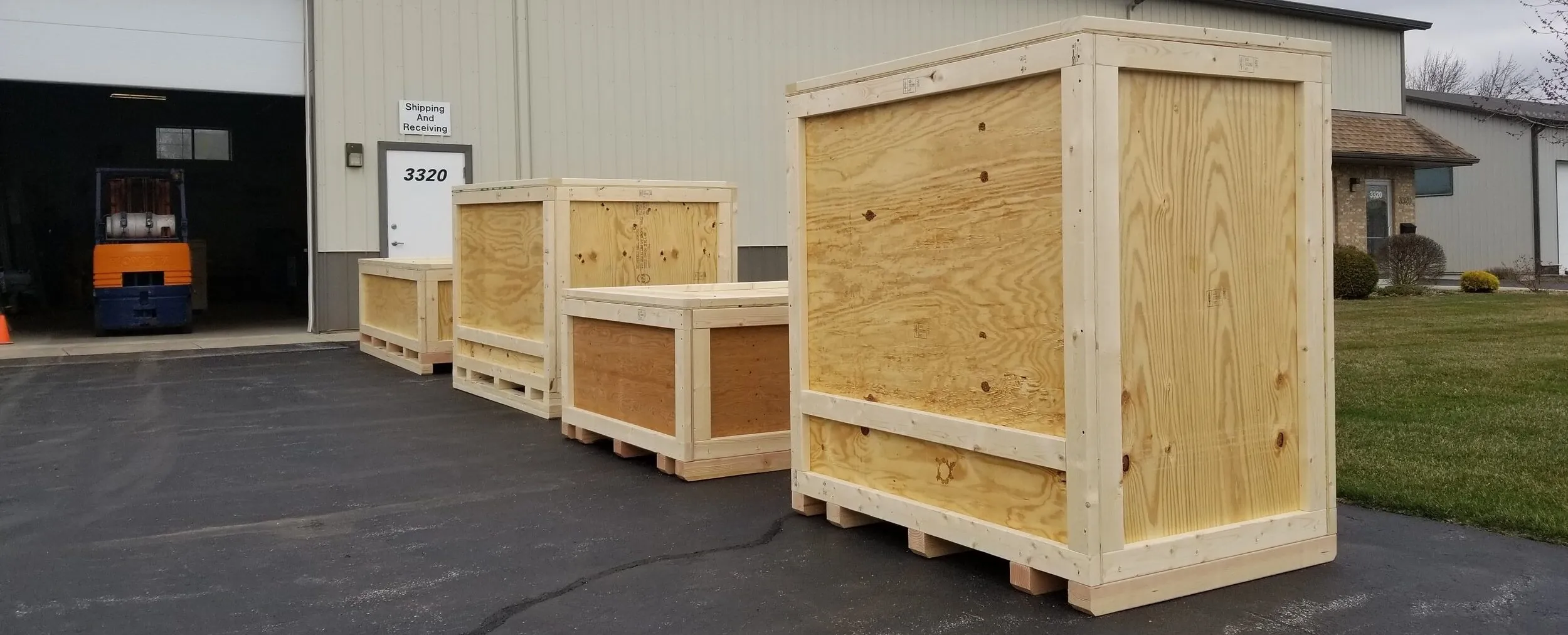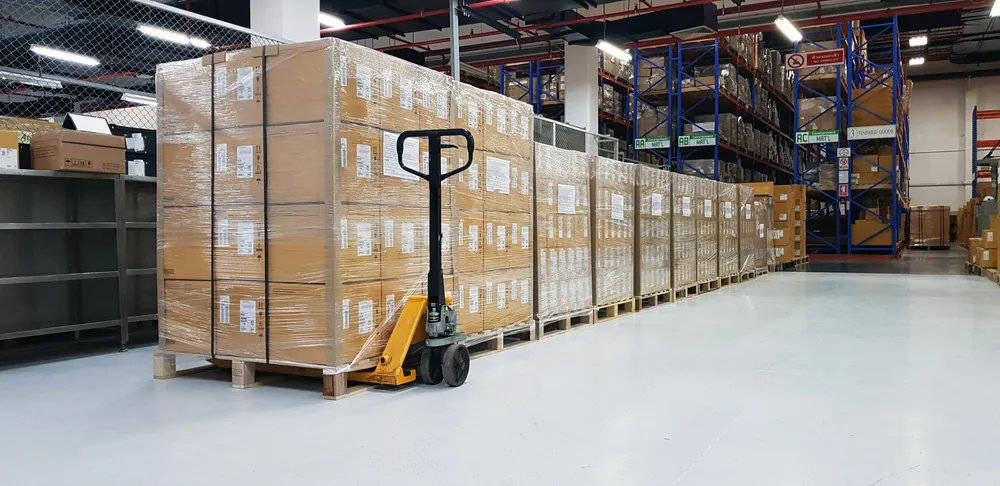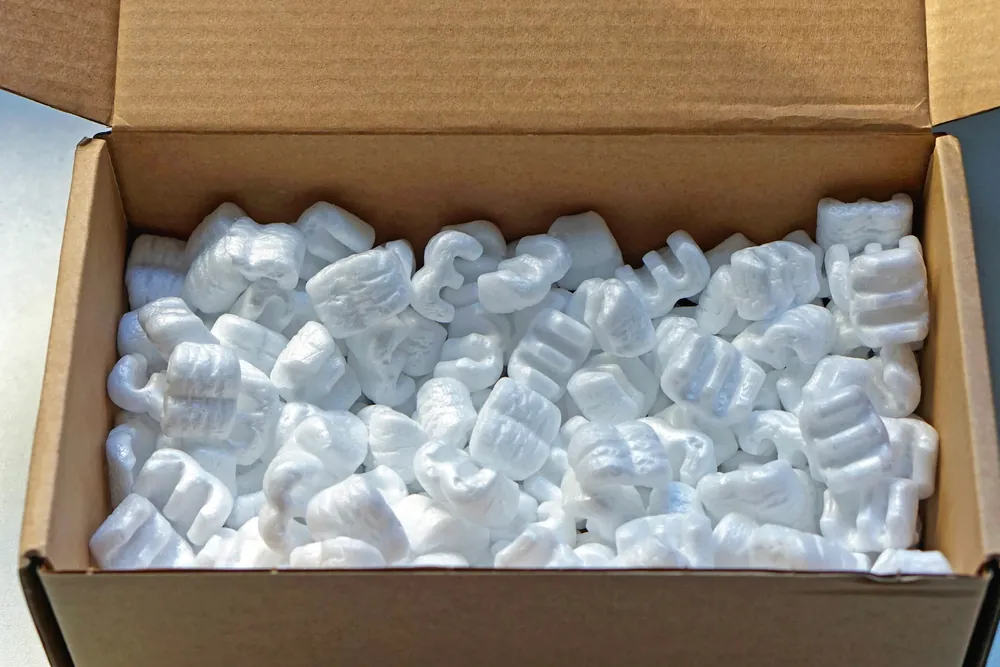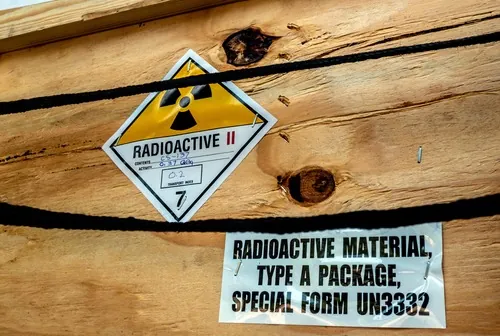The Art of Crating
In the space of shipping and transportation, the safety of your invaluable items is not just important; it’s paramount. Whether you send fragile artwork, delicate electronics, or cherished family heirlooms, ensuring their protection during transit is not just necessary; it’s essential. This is where the art of creating comes into play—a meticulously crafted barrier between your treasures and the unpredictable journey ahead.
At its core, creating is more than just enclosing items in a box; it’s a strategic approach that puts you in control of safeguarding your valuables against the rigors of transportation. From the rough handling of shipping facilities to the bumps and jostles of long-haul trucking, every step of the journey poses potential risks to your items’ integrity. Mastering the art of creating is crucial for anyone looking to ship their valuables with peace of mind.
So, whether you’re a seasoned shipper or embarking on your first shipping endeavor, join us as we uncover the intricacies of creating and equip you with the knowledge to safeguard your most precious possessions. Let’s dive in and discover the art of making—together.
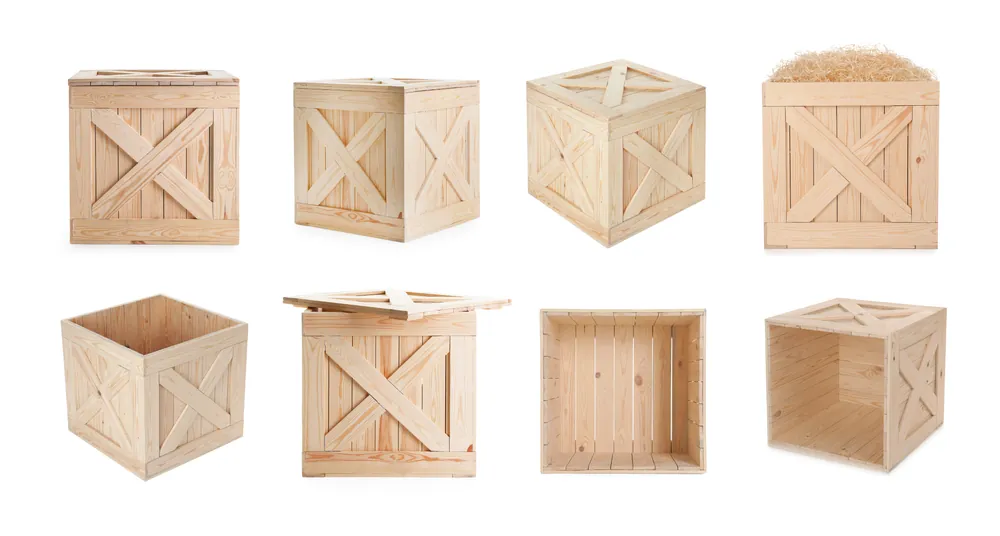
Understanding the Importance of Proper Crating
Proper crating must be balanced when shipping valuable items. It serves as the first line of defense against the myriad hazards that items may encounter during transit. Investing in quality crates and employing proper crating techniques is essential for ensuring the safety and integrity of your valuables.
Protection Against External Forces
Packages are subject to various external forces during transit, including impacts, vibrations, and compression. Without adequate protection, fragile items such as glassware, artwork, or electronics are at risk of damage from these forces. Proper crating provides a sturdy barrier that absorbs shocks and minimizes the risk of breakage or deformation during transportation.
Mitigating Environmental Factors
In addition to physical impacts, environmental factors such as temperature fluctuations, humidity, and exposure to moisture can also pose risks to sensitive items. Crates act as a protective cocoon, shielding valuables from adverse environmental conditions and maintaining a stable internal environment conducive to their preservation.
Ensuring Compliance with Shipping Regulations
Many shipping carriers have strict regulations and guidelines regarding packaging requirements for different types of items. Please comply with these regulations to avoid rejected shipments or additional fees. Proper crating ensures that your packages meet the necessary criteria for safe and compliant shipping, reducing the likelihood of delays or complications during transit.
Preserving the Value of Your Investments
Many individuals and businesses hold significant monetary or sentimental value for the shipped items. They are protecting these investments, whether valuable artwork, delicate antiques, or high-tech equipment, is paramount. Proper crating helps preserve the value of your assets by minimizing the risk of damage or loss during transit and safeguarding your financial and emotional investments.
Enhancing Brand Reputation
For businesses, the condition in which products arrive at their destination can significantly impact customer satisfaction and brand reputation. Shipment of damaged or defective items can lead to negative reviews, returns, and loss of customer trust. By investing in proper crating and ensuring the safe delivery of products, businesses can enhance their reputation for reliability and quality service.
Choosing the Right Materials for Crating
Selecting the appropriate materials for crating is a critical step in ensuring the safety and security of your valuables during transit. Different materials offer varying levels of durability, protection, and cost-effectiveness. Understanding each material’s characteristics and suitability for specific shipping needs is essential for creating effective crates.
Wood
Wood is famous for its strength, durability, and versatility. Hardwoods such as oak, maple, and birch are commonly used for heavy-duty crates, while softer woods like pine or plywood are suitable for lighter items. Wood crates provide excellent protection against impacts and can be customized to fit the dimensions of the shipped items. However, wood crates may be heavier and more expensive than alternative materials.
Plywood
Plywood is a cost-effective alternative to solid wood crates, offering similar strength and durability. Plywood crates are constructed by layering thin sheets of wood and bonding them with adhesive. This construction method provides stability and resistance to warping or splitting, making plywood crates ideal for protecting valuables during transit. Additionally, plywood crates are lighter than solid wood crates, reducing shipping costs and making them easier to handle.
Corrugated Cardboard
Corrugated cardboard is a lightweight and economical option for creating lightweight or moderately fragile items. Corrugated cardboard crates are constructed from layers of cardboard with a fluted inner layer sandwiched between two flat outer layers. While not as durable as wood or plywood, corrugated cardboard crates offer sufficient protection for items with a lower risk of damage during transit. They are also recyclable, making them a sustainable choice for environmentally conscious shippers.
Metal
Metal crates, typically constructed from steel or aluminum, are suitable for heavy-duty shipping applications where maximum durability and security are required. Metal crates offer superior strength and resistance to impacts, making them ideal for protecting valuable machinery, equipment, or industrial components during transit. However, metal crates are heavier and more expensive than other materials and may require additional handling equipment for loading and unloading.
Composite Materials
Composite materials, such as engineered plastics or fiberglass, offer strength, durability, and lightweight construction. These materials are often used in specialized shipping applications where traditional materials may not provide sufficient protection. Composite crates can be custom-designed to meet specific requirements and offer excellent resistance to environmental factors such as moisture, chemicals, and UV radiation.
Designing and Building Custom Crates
Designing and building custom crates tailored to your valuables’ specific dimensions and requirements is essential for ensuring their safe transport. Custom crates provide a level of protection and security that off-the-shelf solutions may not offer, as they are specifically engineered to fit the shape and size of your items. In this section, we’ll explore the critical steps involved in designing and building custom crates.
Assessment of Shipping Needs
The first step in designing custom crates is to assess the shipping needs of your valuables. Consider factors such as the size, weight, fragility, and value of the shipped items and any specific handling or environmental requirements. This information will help determine the appropriate crate design and construction materials.
Measurement and Dimensional Analysis
Accurate measurements are crucial for designing custom crates that fit your valuables snugly and securely. Measure the items’ length, width, height, and any irregularities or protrusions that may affect crate design. Use these measurements to create a detailed dimensional analysis that will serve as the basis for crate construction.
Crate Design and Engineering
Based on the dimensional analysis, design a crate that provides ample space for the items while minimizing excess material. Consider factors such as crate structure, bracing, cushioning, and ventilation to ensure maximum protection during transit. Utilize engineering principles to optimize crate strength and durability while minimizing weight and material usage.
3Material Selection and Construction
Once the crate design is finalized, select the appropriate construction materials. Choose materials that offer the necessary strength, durability, and protection for your valuables while considering cost, weight, and environmental impact. Construct the crate according to the design specifications, ensuring precise measurements and secure assembly.
Testing and Quality Assurance
Before shipping your valuables, thoroughly test the custom crate to ensure it meets the necessary strength, durability, and protection standards. Conduct stress, impact, and environmental tests to simulate transit conditions and identify weaknesses or vulnerabilities. Implement quality assurance measures to verify that the crate meets or exceeds all relevant industry standards and regulations.
Packaging Your Valuables
Proper packing is essential for ensuring the safety and security of your valuables during transit. Even the most well-designed crate can fail to protect items if they are not packed securely. In this section, we’ll discuss the best practices for packing your valuables safely to minimize the risk of damage during shipping.
Use Appropriate Cushioning Materials
Choose cushioning materials such as foam, bubble wrap, or packing peanuts to provide a protective layer around your valuables. Wrap fragile items individually and use sufficient cushioning to fill empty spaces within the crate. This helps absorb shocks and vibrations during transit, reducing the risk of breakage or damage.
Arrange Items Strategically
Carefully consider the arrangement of items within the crate to minimize movement during transit. Place heavier items at the bottom and lighter items on top to prevent crushing or shifting. Use dividers or partitions to separate items and provide additional support where needed. Avoid overcrowding the crate, as this can increase the risk of damage during handling.
Secure Items in Place
Once items are adequately cushioned and arranged within the crate, secure them using straps, bands, or packing tape. Ensure that items are snugly packed and cannot shift or move during transit. Use additional padding or blocking to provide extra stability and protection for delicate items.
Labeling and Documentation
Label the crate with handling instructions, orientation arrows, and special care requirements. Include a packing list or inventory of items in the crate for reference. This helps ensure that handlers know how to handle the crate properly and reduces the risk of mishandling or damage during transit.
Seal the Crate Securely
Once items are packed and secured within the crate, seal them securely using sturdy packing tape or strapping. Ensure all seams and openings are correctly sealed to prevent tampering or accidental opening during transit. Consider using tamper-evident seals or security features for added peace of mind.
Labeling and Handling
Proper labeling and handling of crates are crucial in ensuring safe and efficient transport of your valuables. Clear labeling provides essential information to handlers, while proper handling techniques minimize the risk of damage during transit. This section will explore the best practices for labeling and handling crates to protect valuables.
Clear Labeling
Ensure that each crate is clearly labeled with important information such as the contents, destination, handling instructions, and special care requirements. Use durable, waterproof labels and include orientation arrows to indicate the correct upright position of the crate. This helps ensure that handlers can adequately identify and handle the crate, reducing the risk of mishandling or damage.
Handling Instructions
Include specific handling instructions on the crate to inform handlers of any special considerations or precautions. For example, if the contents are fragile or sensitive to temperature fluctuations, specify “Fragile” or “Handle with Care” on the label. If the crate contains hazardous materials, ensure it is labeled accordingly and complies with all relevant safety regulations.
Orientation and Stacking
Ensure crates are loaded onto transport vehicles in the correct orientation to prevent shifting or damage during transit. Use stacking guidelines to ensure containers are stacked securely and evenly to avoid collapse or crushing. Use stacking cones or interlocking systems to provide additional stability and prevent crates from sliding or shifting during transportation.
Proper Lifting and Handling Techniques
Train personnel in proper lifting and handling techniques to minimize the risk of injury and damage to crates and their contents. Use lifting equipment such as forklifts, pallet jacks, or dollies to move and transport heavy crates safely. Avoid dragging or sliding crates, as this can damage them and their contents. When handling crates, handlers wear appropriate personal protective equipment, such as gloves and safety shoes.
Quality Control and Inspection
Implement quality control measures to ensure crates are handled and transported according to established procedures and standards. Regular crates and handling equipment inspections should be conducted to identify any signs of damage or wear and address them promptly. Monitor handling practices and provide feedback and training to personnel as needed to maintain high standards of care and safety.
In conclusion, mastering the art of creating is essential for safeguarding your valuables during transit and ensuring their safe arrival at their destination. By understanding the importance of proper crating, choosing suitable materials, designing custom crates, packing items securely, and labeling and handling crates carefully, you can minimize the risk of damage and protect your investments.
By following these best practices for labeling and handling crates, you can minimize the risk of damage to your valuables during transit and ensure that they arrive at their destination safely and securely. Remember that proper handling is essential for protecting your valuable belongings and maintaining your reputation for reliability and quality service.
Effective creating goes beyond simply enclosing items in a box; it involves strategic planning, meticulous attention to detail, and adherence to best practices. Whether shipping fragile artwork, delicate electronics, or valuable antiques, investing in quality crates and following proper crating techniques is vital to preserving their integrity and value. Consider leveraging FreightCenter’s expertise and resources to assist you in this endeavor.
Their intuitive platform and comprehensive freight services can simplify the shipping process and provide the tools and support you need to transport your valuables safely. With FreightCenter by your side, you can navigate the complexities of shipping with confidence and peace of mind, knowing that your treasures are in good hands.

